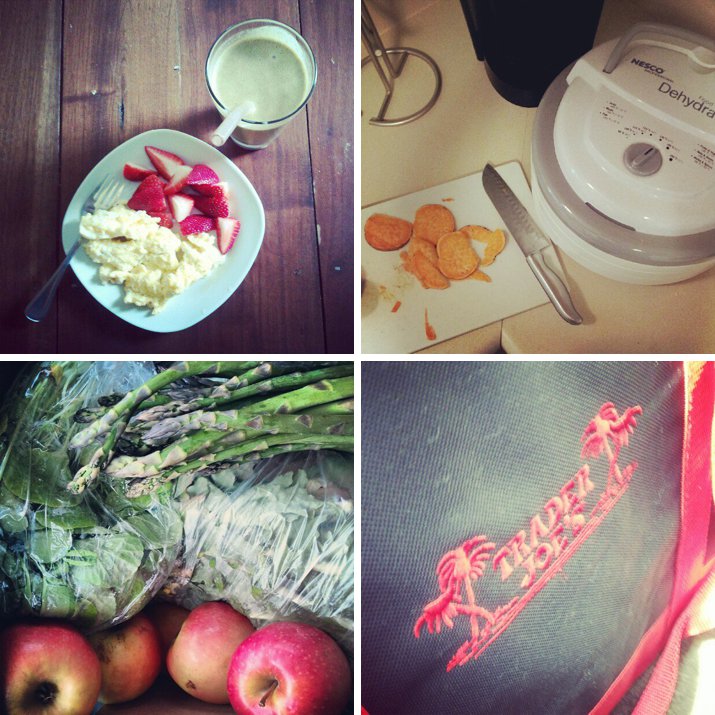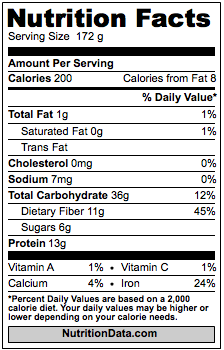
If we are friends on Facebook, you have likely caught on that I share a lot about food on my timeline. I post things like information about the paleo diet, eating gluten free, and the lies I believe the government has told us for years about nutrition (i.e. fat is bad, sugar is not so bad - LIES!). I share these things because I follow a ton of food related Facebook pages and blogs... I follow them because I'm obsessed with food... Or, rather: I'm obsessed with my diet.
And, big confession: all of this roots in the truth that I am not happy with my body.
Now, I'm not writing this so people will respond and tell me I'm beautiful. So please don't do that. I am writing because I am on a journey and I want to share it with you. And seriously, I'm not the only one who isn't happy with her body so let's not pretend I am.
I want to be healthy and strong. And I am not as healthy and as strong as I would like to be. As I should be.
So this is my journey.

Sometimes (a lot of times), I find myself blaming society for raising us American kids with so much immediate gratification, indulgence, and really horrible food on the shelves in the grocery store. I want to blame my parents for giving me anything and everything I could have ever wanted before I even knew I wanted it. (They loved me so!) I want to point my finger and blame the people around me for raising me with bad habits and a lack of self-control.
But of course, it's no one's fault but my own.

Now, moment of truth: I'm a mom. And I do not have healthy eating habits. And it's time I face this issue of mine.
So, I stare into the mirror and ask "What will you change so that your daughter will not struggle like this?" I've said before that I really like (need) to focus on small steps. If I can change one thing at a time (maybe two), then I am more likely to find success in the future versus trying crash diets and huge overnight changes and failing repeatedly.
Because of what I share on Facebook and here on my blog, it's easy for people to assume that we eat paleo all the time, that we have a gluten free diet, and that we never drink soda. But the truth is, we still have a lot of bad eating habits and I share the research findings and interesting blog posts on social media because I am preaching to myself. I'm trying to learn, to take it all in, and ultimately to motivate myself to get my act together.

So here are our family truths:
- Eating paleo is always my goal around here, but we fail daily (see below). And Tommy is not really on board with the idea at all.
- I intend not to eat or serve starches at home (that includes rice, grains, and lentils, etc), but Tommy needs starches (both because he wants them and also because he is an endurance runner). So then I try not to eat the rice when I make it for him. But I always do.
- I believe gluten is bad for our bodies and we were not designed to eat it. But I purchase and we eat tortillas regularly. (I justify this by saying we don't eat bread… but I'm only fooling myself.)
- We drink soda. Tommy drinks it daily, I'll have a few swallows probably once a month. I love me some Mountain Dew.
- I am a fast food (Bojangles) junkie. I go through phases but my bad habit probably equals out to 1 meal a week from Bojangles (including sweet tea).
- I may have made the switch from white sugar to maple syrup or honey (both great, natural options), but I haven't changed the ridiculous quantity of sweetener in my life. I use a lot of syrup in my coffee, with organic half and half as well. (Although I've come a long way from the processed Sweet Italian Creamer!)
- I justify fats as being healthy... and we eat a lot of them. Coconut oil, olive oil, avocados, butter... and really these things are good for you... but everything in moderation. It's the moderation part I struggle with!
Those are merely the beginning of our truths. I am not happy with my body because I still have bad habits - eating and fitness. But I'm learning. It's a process… a journey.
I am going to be sharing my journey with you all in a little more detail than I have in the past. I hope to share the why behind the what, the resources I have found helpful, and the challenges I'm up against in our home. Our steps have been small, but they are adding up. Here's to health… and encouraging one another!

 Step 1: Go get a product from your pantry or fridge and flip to the nutrition facts label. Seriously, go get one. It will help you learn and remember this process so you can use it when you are away from the computer. :)
Step 1: Go get a product from your pantry or fridge and flip to the nutrition facts label. Seriously, go get one. It will help you learn and remember this process so you can use it when you are away from the computer. :)